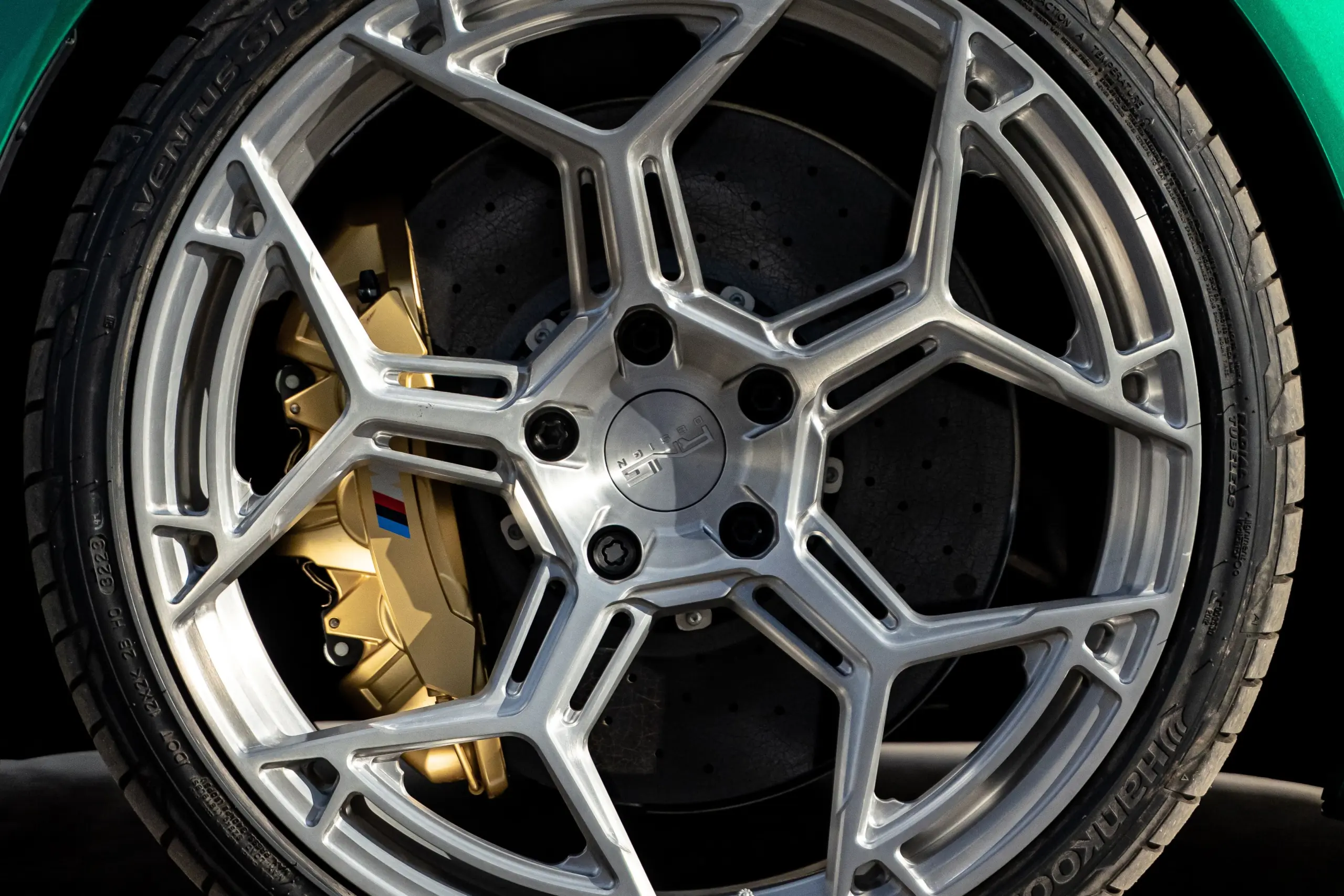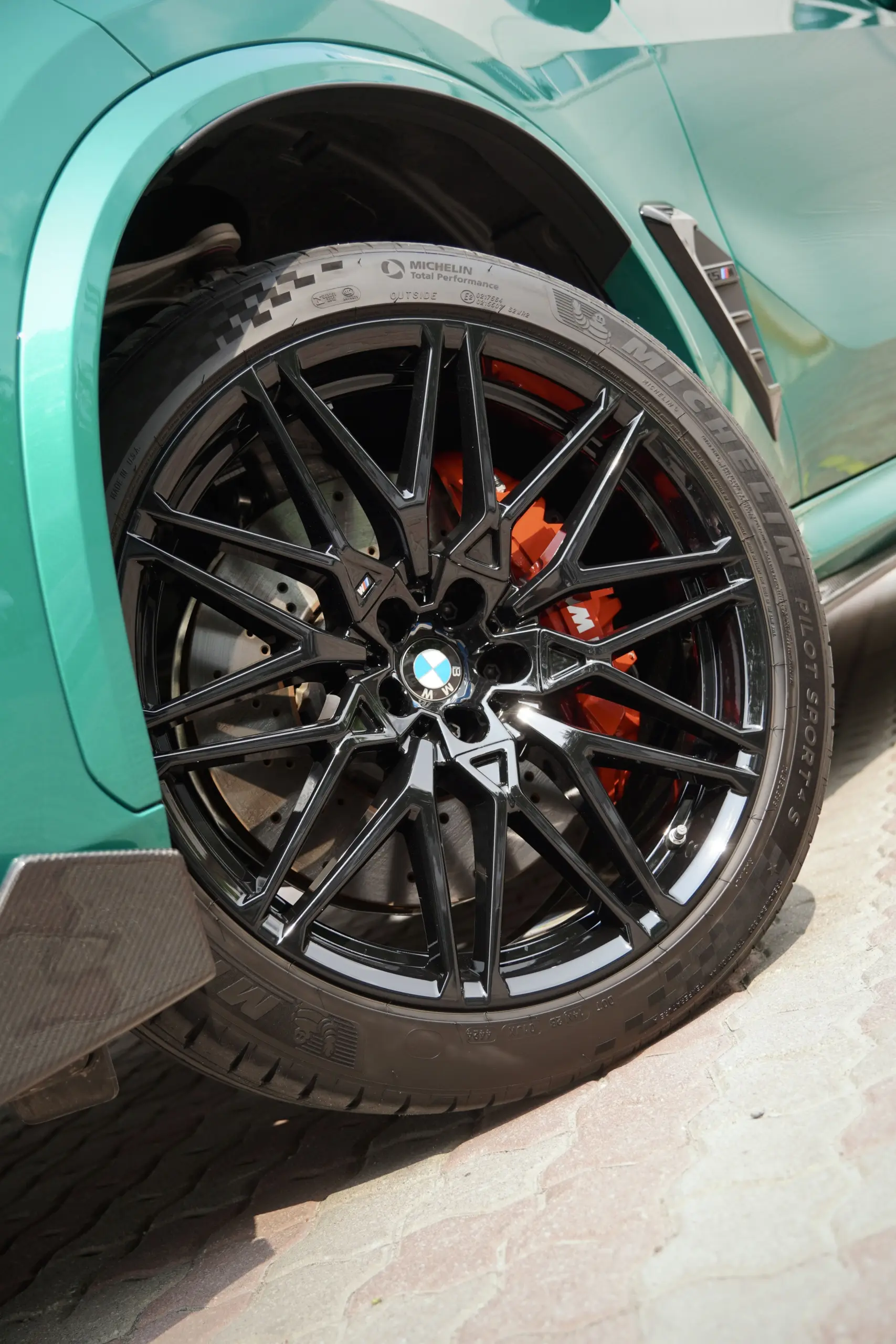



 Get a quote
with turnkey delivery in your city
Get a quote
with turnkey delivery in your city
 Show more
Show more
Brake Systems
It is not simply a unit that reacts to the moment the pedal is depressed, but a complex system that is dedicated to continuous improvement to maximize efficiency, durability and safety.
The purpose of the braking system:
The braking system plays a key role in preventing accidental vehicle movement, especially on inclined surfaces. The driver can apply the brakes either fully or partially, to reduce speed or completely stop driving.
The main task of the braking system is to ensure that the vehicle can stop. The anti-lock system prevents the wheels from locking up during braking, allowing the driver to maintain control and reduce the chance of skidding.
The brake system regulates the pressure in the brakes, affecting the intensity and evenness of braking under various conditions. Modern brake systems are designed to cool efficiently, preventing brake rims and pads from overheating during heavy use.
Brake system configuration and components
A vehicle’s brake system is a complex mechanism consisting of several key components, each with a unique role.
The main components are:
Depending on the type of brakes (drum or disk), the appropriate brake mechanism is used. Hydraulic brake systems use brake cylinders, while pneumatic brake systems use pistons.
What a brake system kit consists of
List of possible components:
The kit includes all items necessary to install and ensure proper brake system operation. The contents of the kit may vary depending on the type of brake system (disc or drum brakes) and the manufacturer.
Features of brake systems from Renegade Design
Renegade Design specializes in automotive tuning and provides custom styling solutions for various makes and models of vehicles. We manufacture tuning components, including brake systems, with a focus on aesthetics, performance, and customized features.
We carry products that provide for:
Benefits of ordering a brake system from Renegade Design
When you order a brake system from Renegade Design, you get products made from reliable, durable, and aesthetically pleasing materials. Choose increased efficiency and quality to equip your car — apply for a brake system on our website.
Limited Christmas Offer: Leave the request now and unlock special pricing/gift and priority production for your Renegade Design body kit.
By clicking the "Submit" button, I agree to the data processing rules and the privacy policy